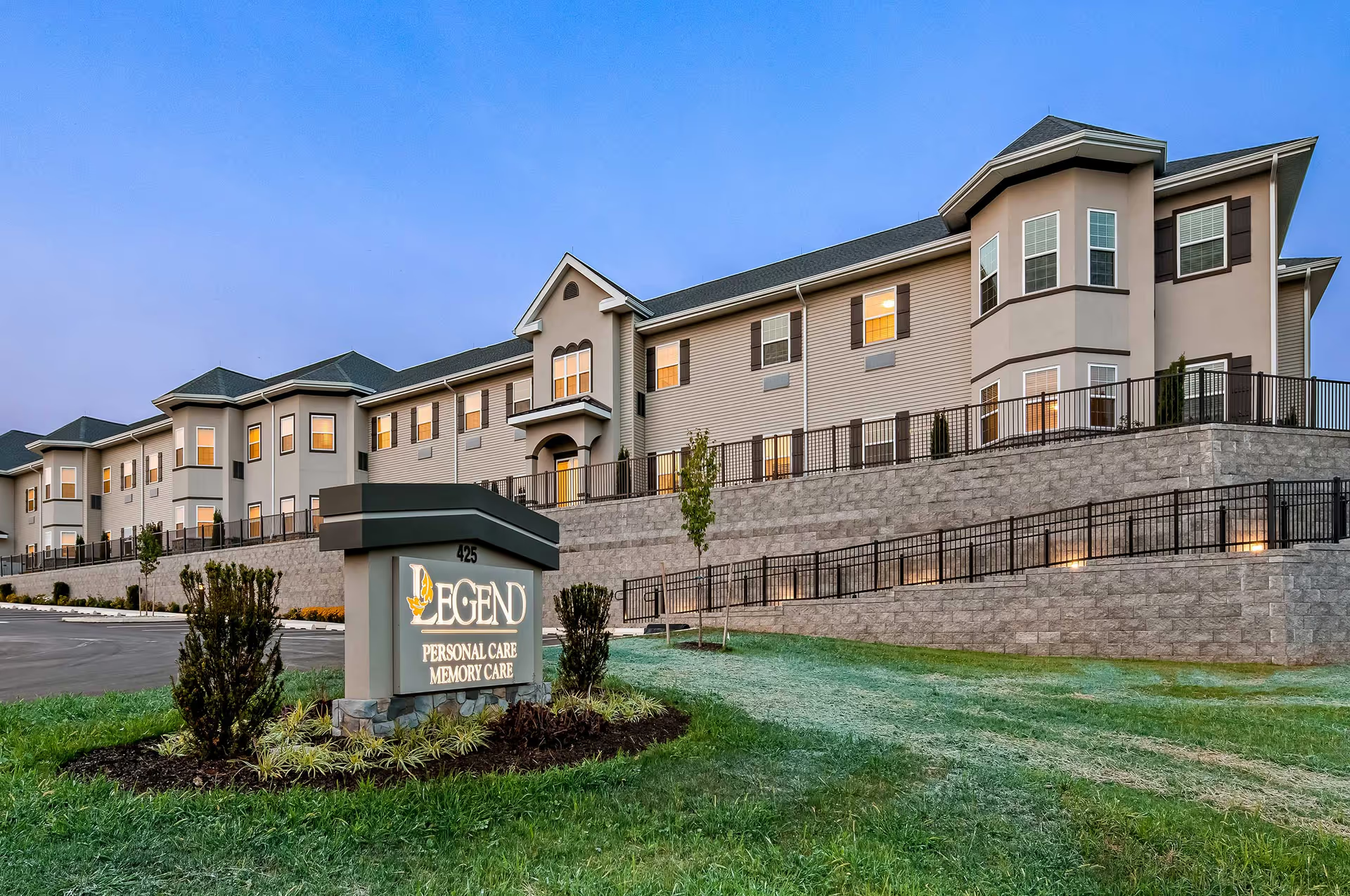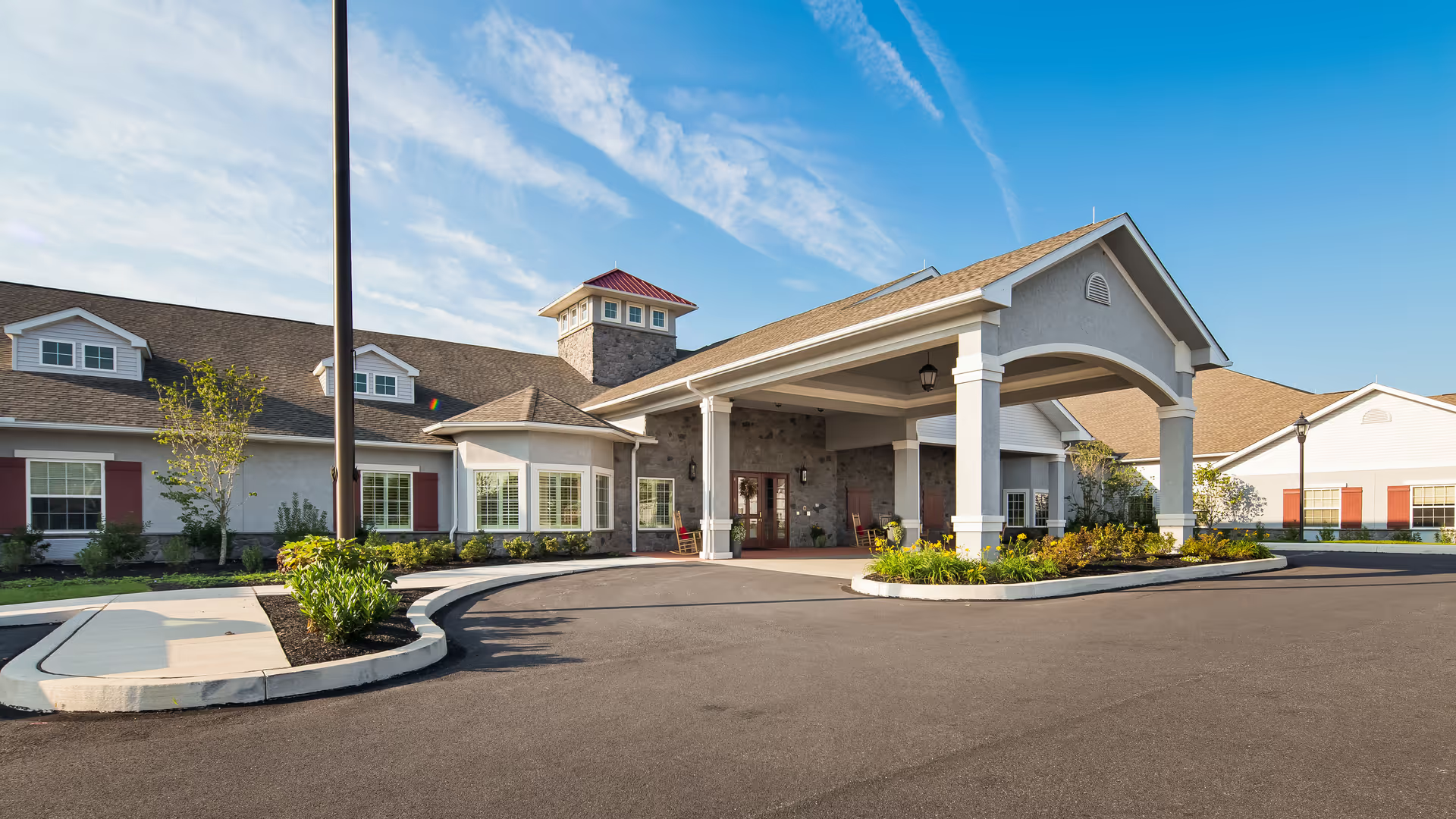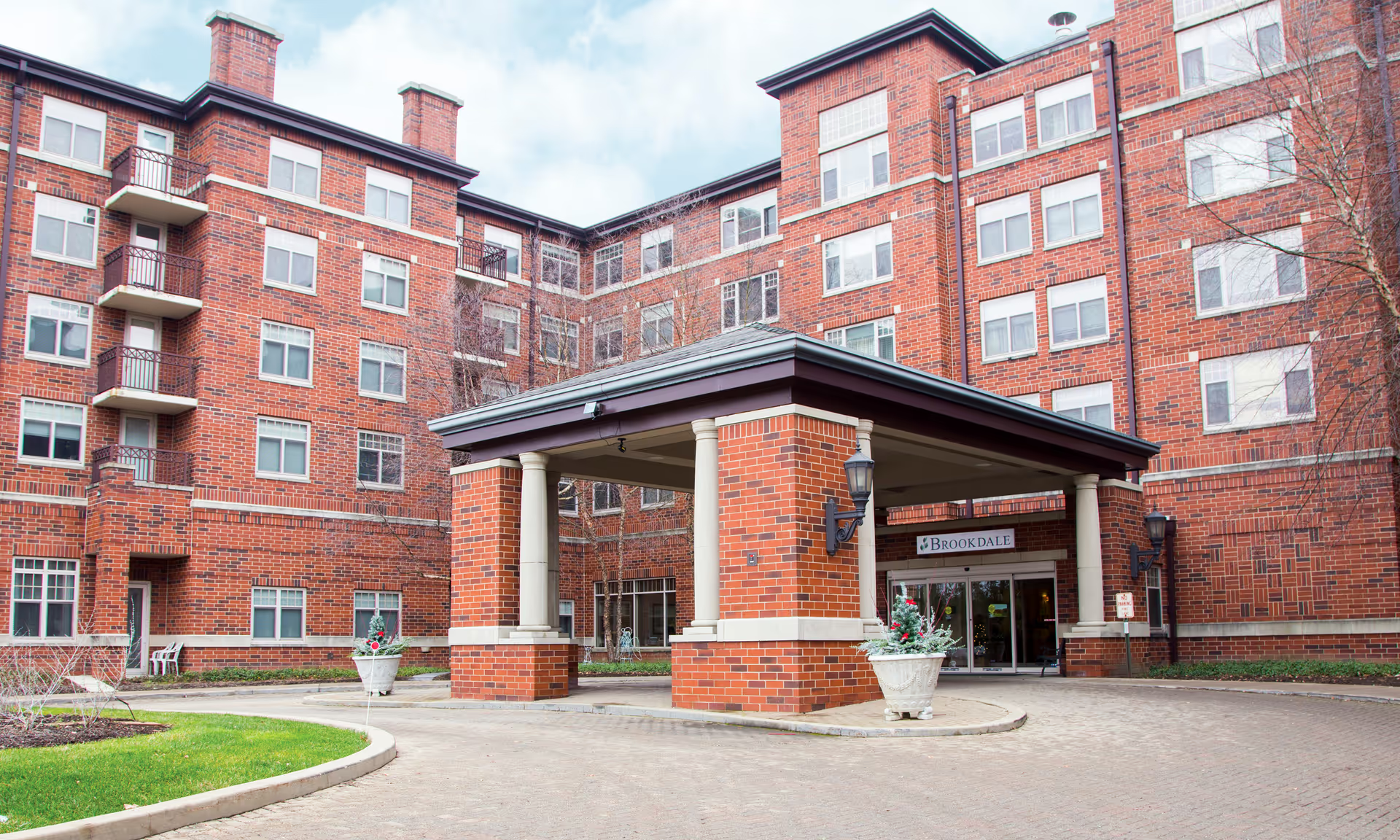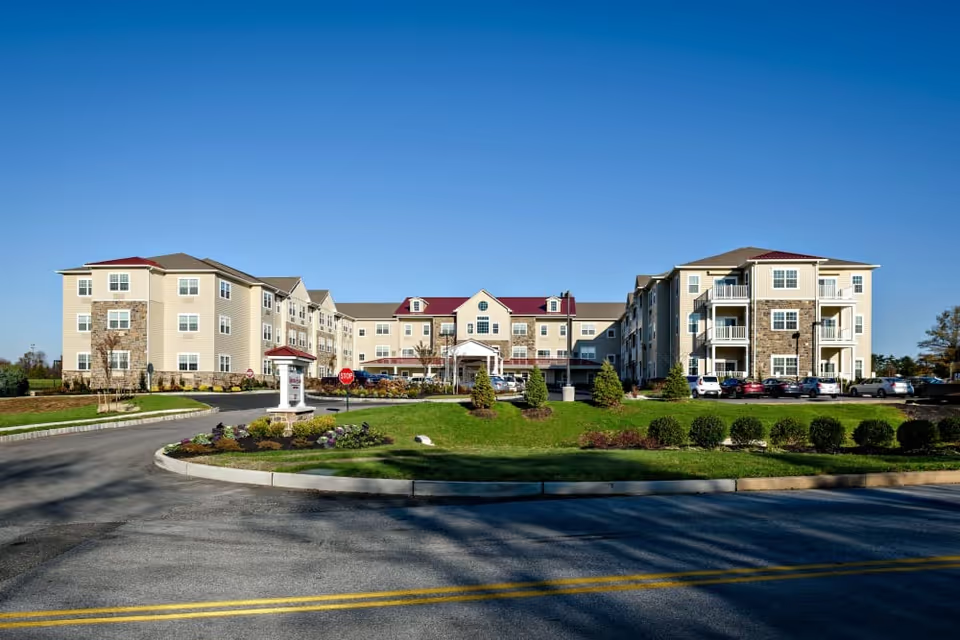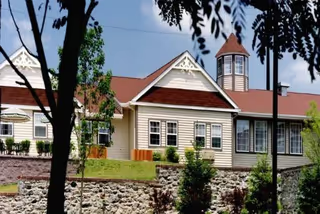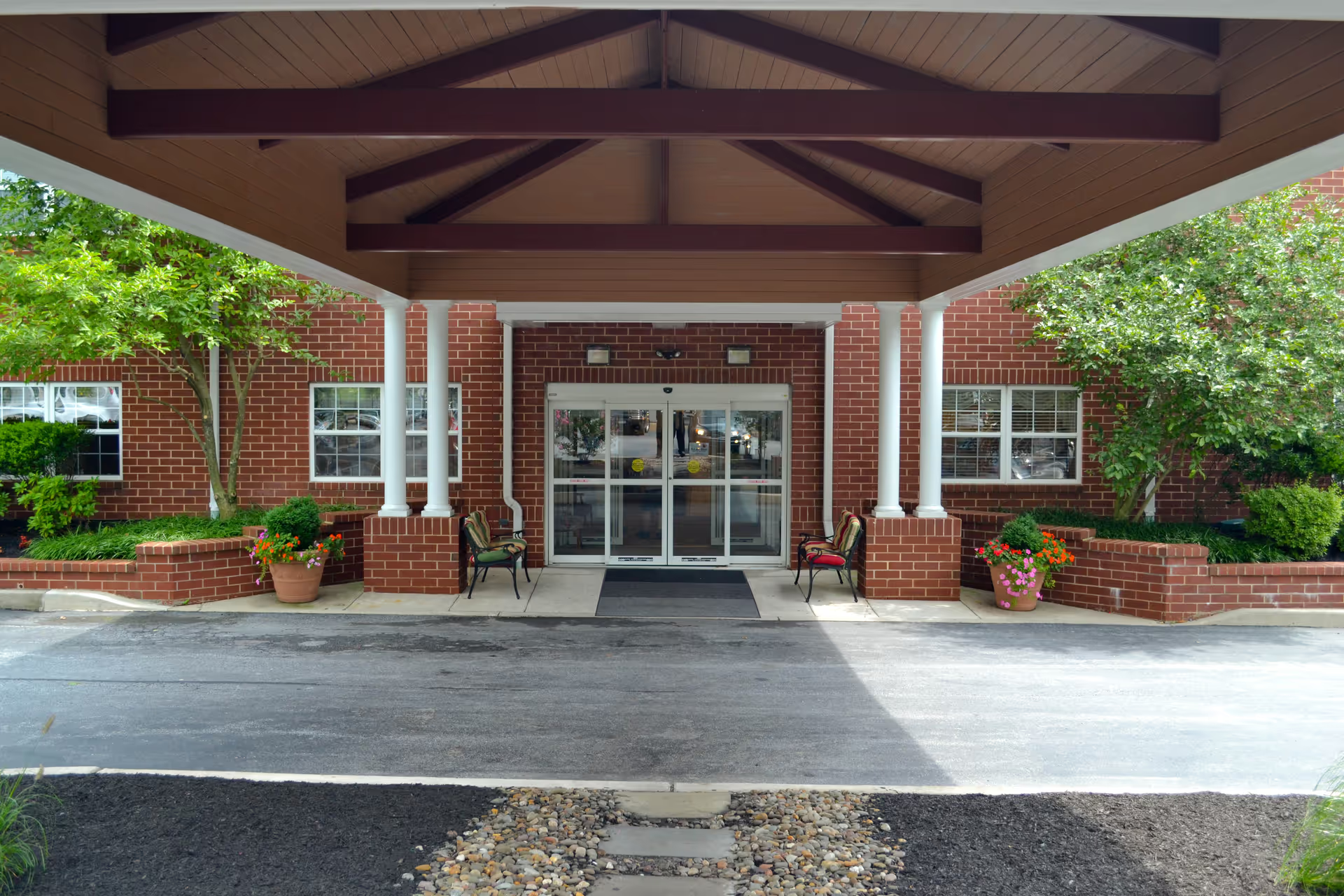Overall sentiment in the reviews is largely positive about Autumn Home Care Of Johnston County I as a small, family-run, homelike facility with compassionate staff and good communication with families. Reviewers repeatedly describe the staff as helpful, knowledgeable, and caring; several reviewers explicitly recommend the facility and call the campus and staff "lovely." The property is characterized as peaceful and rural, creating a quiet environment that many families find comforting for residents who prefer a calm setting.
Care quality is described in generally favorable terms for low to moderate needs: reviewers note timely medication administration and strong communication between staff and families. The staff and management are repeatedly described as compassionate, responsive, and family-oriented. However, there is a clear pattern of limitations when residents require higher levels of physical care. Multiple comments indicate the facility was unable to meet a resident's more advanced physical needs, and reviewers explicitly state the home feels more like independent living than a setting prepared for intensive nursing or skilled care. This highlights a key distinction: Autumn Home Care appears well-suited for residents who need supervision and basic assistance but not for those requiring substantial medical or physical support.
Facilities and accommodations are consistently described as comfortable and private. Reviews mention private rooms with multiple furnishings — two closets, two chest drawers, two nightstands, and a recliner — and spaces for two beds if needed. Shared common spaces include a den/activity room and a dining area, fostering a small social environment. The female-only aspect is noted repeatedly; while some reviewers view this positively, it is an important limiting factor for male residents or families seeking a co-ed setting.
Dining and food service receive positive comments about taste and hominess: meals are cooked by the nurse and described as "good." At the same time, reviewers noted that meals are decided by the on-duty nurse, which could introduce variability in menu options or meal planning compared with facilities that use a dedicated culinary staff or set menus. Families should be aware that food choices and preparation are handled in-house by clinical staff, which contributes to the homelike feel but may not match institutional dining services in consistency or variety.
Activity programming shows mixed feedback. Several structured activities are listed — bingo, movies, puzzles, drawing, coloring — and there are Sunday church services, indicating that staff make an effort to provide engagement opportunities. Nevertheless, at least one review cited a lack of activities, suggesting that expectations for a broad or robust activity schedule may not be met for all residents. The small scale of the facility likely produces a limited activity roster compared with larger communities that have dedicated recreation staff.
Management and family communication are strengths called out in the reviews: the facility is family-run, and multiple reviews praised clear, timely communication and a caring management style. This contributes to the homelike atmosphere and close-knit social environment described by families. However, staffing capacity is a recurring concern in some reviews: while some reviewers report "adequate staffing," others explicitly say staffing was insufficient to meet increasing care needs. This inconsistency indicates variability over time or differences in reviewer expectations and underscores that Autumn Home Care may struggle to scale up services for residents whose needs escalate.
In summary, Autumn Home Care Of Johnston County I appears to be a well-regarded, small, female-only residential care option that excels at providing a homelike, peaceful environment with compassionate staff, prompt medication management, and good family communication. It is best suited for residents who require basic assistance and prefer a quiet, family-run setting. Prospective residents and families should be cautious if the person has or may develop higher physical or medical care needs: the facility is not consistently equipped or staffed for intensive skilled care, and activity programming and meal planning may be more limited or variable than at larger facilities. These patterns suggest the facility is a strong choice for low-to-moderate needs and those prioritizing a homelike, rural atmosphere, but less suitable for individuals who need higher-level clinical support or a more comprehensive activity and services package.


